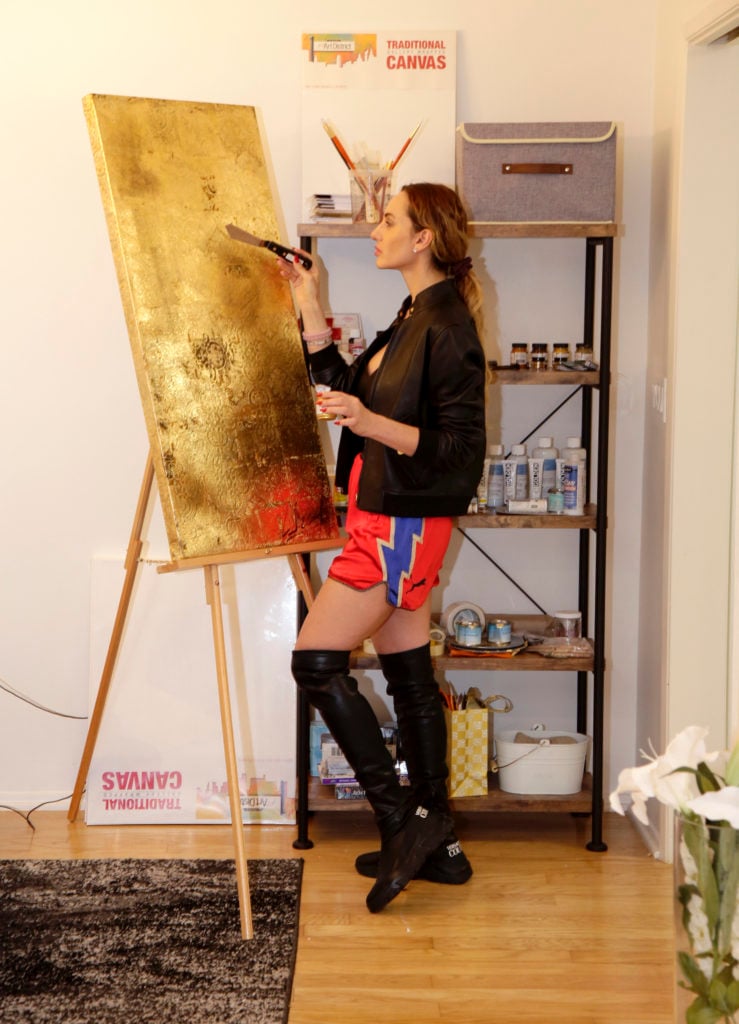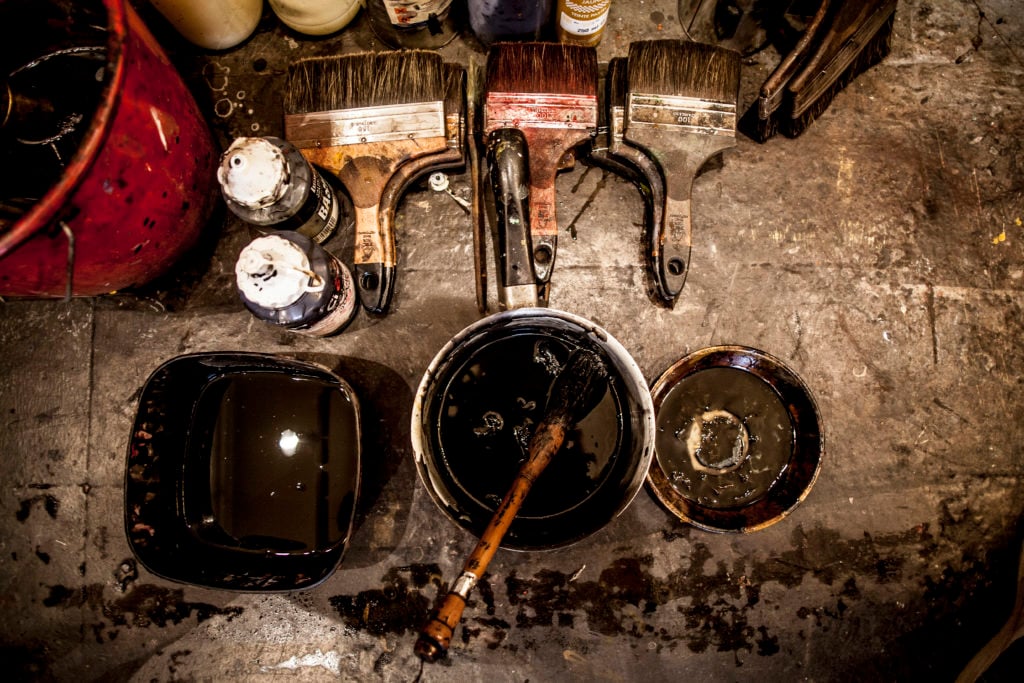People
Being an Artist Is the Second Safest Profession Amid a Coronavirus Outbreak (Behind Loggers), Data Says
The solitary nature of the profession is its saving grace.

The solitary nature of the profession is its saving grace.

Sarah Cascone

Want to avoid catching the coronavirus? Maybe you should have been an artist.
Fine artists, including painters, sculptors, and illustrators, have a remarkably low risk for contacting the disease, according to new data compiled by the New York Times. The chart plots two axes—the degree of physical proximity to others inherent in the profession, and how frequently the different occupations bring their workers into contact with disease.
Art is the second-safest career, with a physical proximity score of nine and a disease exposure of zero. That ranks it behind only loggers, who score one on exposure and seven on proximity, and just ahead of authors and writers, who are at zero on exposure but 14 on proximity.
Curators, on the other hand, are clustered solidly in the lower middle of the pack, ranking five for exposure and 44 for proximity. (The amount of travel required by the job probably doesn’t help.) Museum conservators, meanwhile, score zero for disease, but 55 for proximity (presumably since they cannot do their job from home). Graphic designers have comparatively less risk: they score zero for exposure and 34 for how close they typically get to other people.

Artists are the second safest profession when it comes to coronavirus risk. Image courtesy of the New York Times.
Those at the highest risk to contract the disease, as one might expect, are health care workers, including registered nurses (they rank 80 for exposure, 77 for proximity) as well as paramedics (89 for exposure, 97 for proximity).
To compile the graph, which can be searched by profession, the Times used O*NET, a Department of Labor database that tracks the physical attributes of different jobs, such as how often a telephone is used and how often a job requires the worker to bend down.

Supplies in an artist’s studio. Photo by Stephane Grangier/Corbis/Getty Images.
Though the lack of risk to artists is certainly heartening to those who work in the art world, the industry is still likely to be hit hard economically by the global spread of the disease. With museums and galleries shutting down for the foreseeable future, many workers are without jobs. And artists—who, like other freelance workers, often lack health insurance or paid sick leave—will certainly experience a blow from canceled shows and speaking gigs as well as a lack of buying activity.
It remains to be seen how how small businesses, meanwhile, will weather the crisis, and how people in low-paying art jobs such as security guards, gallery assistants, and art handlers will survive what will almost certainly be an extended period without pay.
For a list of resources available to freelance artists suffering a loss of income as a result of the coronavirus outbreak, click here.